Every day, equestrians of every discipline openly ignore the horse's fear or choose to explain it away instead of confronting it head-on.
The list of excuses is nearly endless, but so many try to claim the fear we incite is nothing worse than the horse would experience in nature, or is better than that which they would be subject to if they lived in the wild.
But the fear we incite is different, because it is often prolonged, without context, and without a clear path of resolution for the horse.
At the hands of humans, a horse may suffer fear every day for their entire life. We already know what long-term stress does to people, it kills us. Equally, it is well-documented that horses suffer gastric ulcers at a significant rate (as high as 50-70% according to UC Davis).
On top of health risks, fear also interferes with the horse's cognitive performance. In other words, when your horse is afraid they don't learn or perform as well.
We observed that stress had a strong deleterious effect on working memory performance.
From a practical point of view, this means that a horse under stress could have a compromised capacity to respond to the demands of his trainer, especially if working memory is required.
Mathilde Valenchon, MS, PhD candidate.
“Effect of Stressful Situations on Horses' Working Memory“
We can do greater justice to our horses by consciously avoiding causing them unnecessary fear in our training and riding programs.
The first step in tackling this problem is recognizing what fear looks like in the horse.
A Horse's Physical Signs and Symptoms of Fear
Many of these you'll be familiar with already, but how many did you realize could be caused by fear?
White of the Eyes Showing
One of the most common signs of fear in the horse is when their eyes get so big you can see the whites showing.
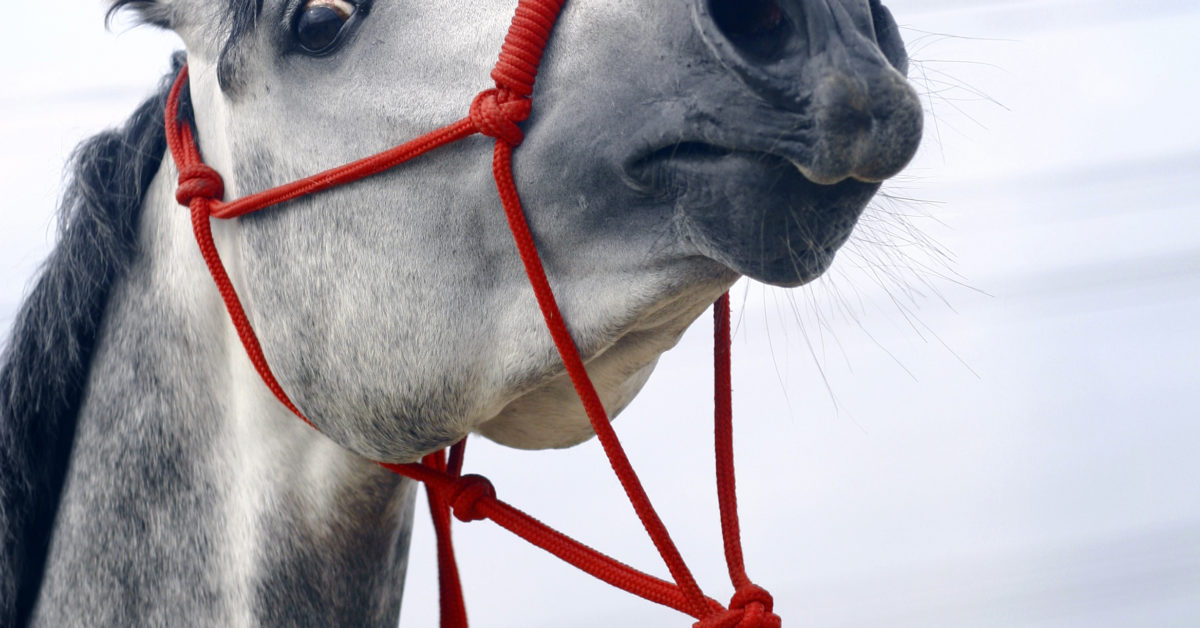
Naturally, some horses may show more or less white of the eye all the time, so pay close attention to your own horse's appearance during different levels of stress.
Snorting
When horses blow hard through their nostrils, they can be expressing fear.
Balking or Napping
Depending on where you're located, this is referred to as either balking or napping. Essentially, the horse refuses to move forwards. It can also be referred to as spooking depending on how it escalates.
Spooking
Speaking of spooking… this is another sign of fear in the horse. Next to showing the whites of the eyes, spooking is probably one of the most identifiable indicators of fear. Despite how common it is, many equestrians will still try to blame the horse, or resort to name calling, instead of recognizing the issue for what it is – a horse who is genuinely afraid or surprised.
https://www.youtube.com/watch?v=zJb6tXvaQDY
Pawing
Surprise, surprise. You probably didn't expect to see pawing listed, but it can be an outward sign of your horse's inward distress.
Head Shaking
Another sign of fear can be head shaking. The video above shows this very well.
Rearing, Bucking, Kicking and Striking
Sometimes explained away as behavioral issues, or the horse intentionally being “difficult”, these behaviors can also be caused by fear.
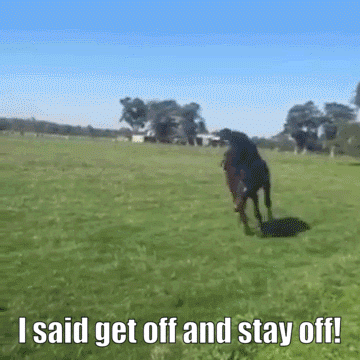
What are you doing to recognize your horse when they're afraid, and stop it?
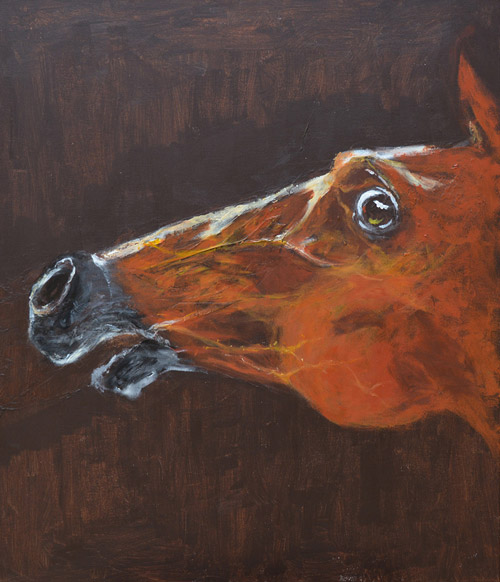
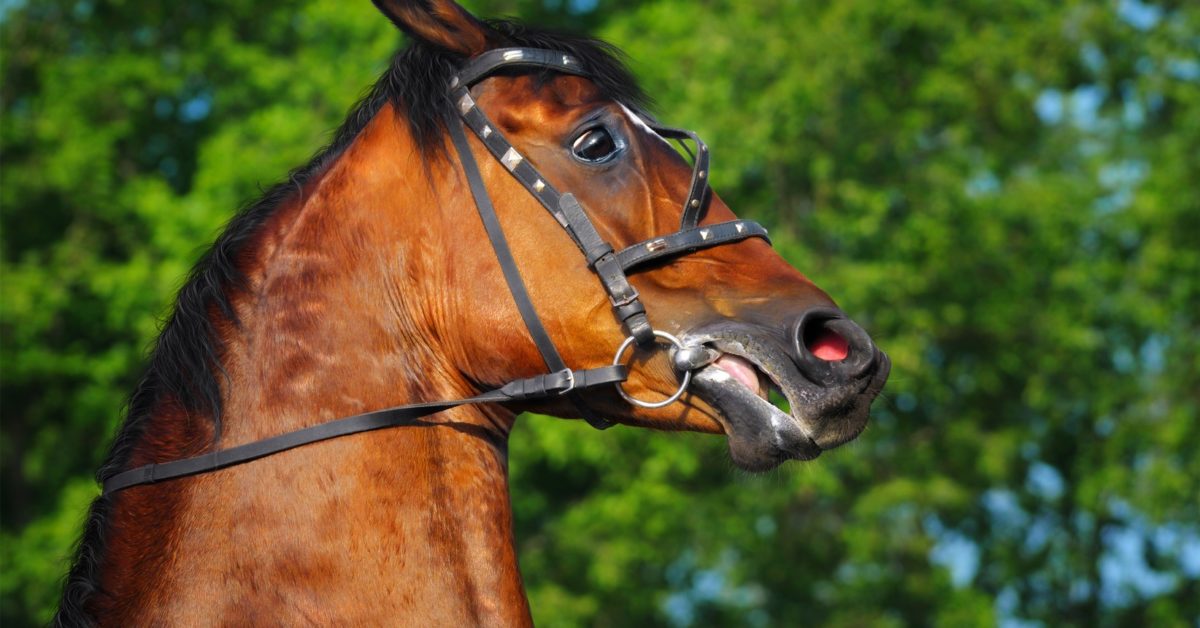

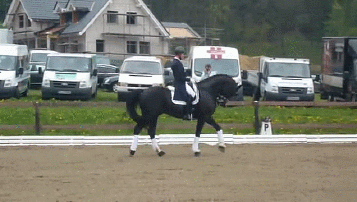
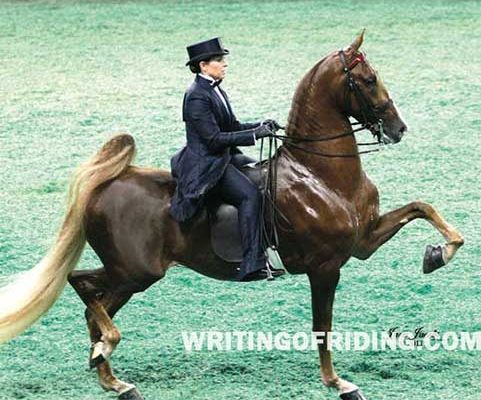
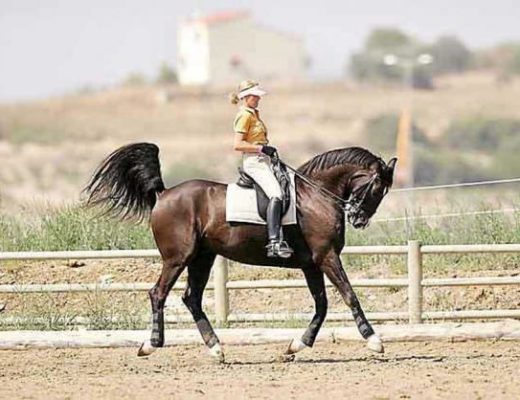
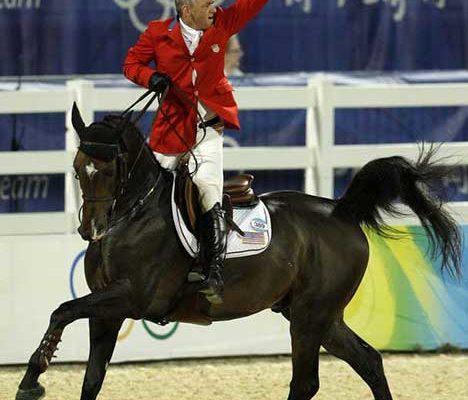
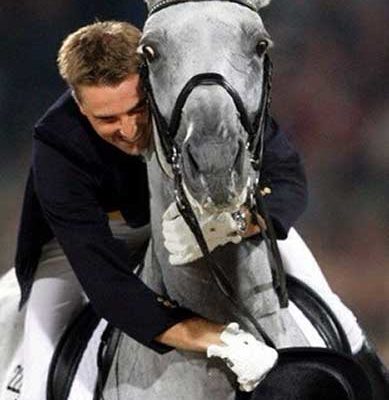
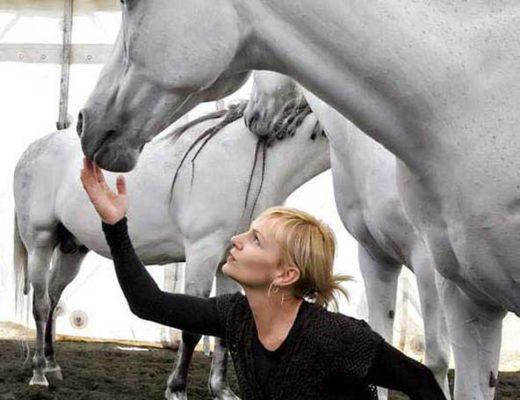
I wonder how many bones were broken on that girl’s face when she was kicked? Knew a judge once who had been kicked while manning the in-gate. Caught her upper jaw, broke her face bones off and stuffed them up under her scalp. They managed to repair her face, sort of. She could never close her mouth right after that.
Every time you show that video, that’s that I think about.
Yeah, hopefully, the horse hit the side of the helmet and it wasn’t a direct hit to her face.
Love this! Especially the behavior round-up. It’s so rare that handlers consider horse fear behavior. We need more voices like yours in the companion animal community. Keep up the good work.